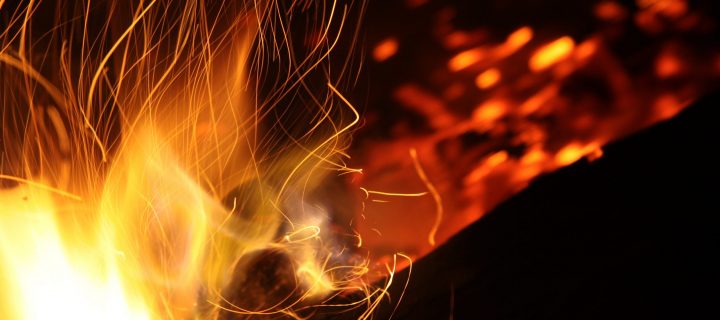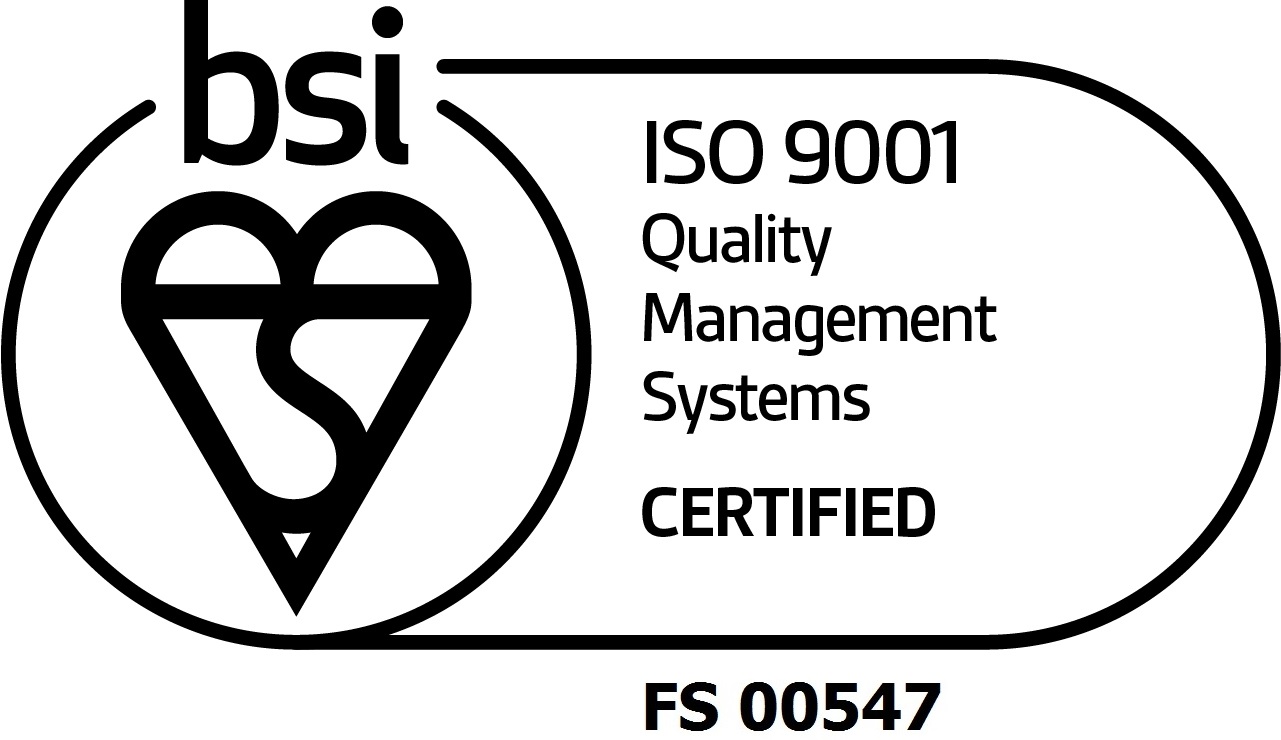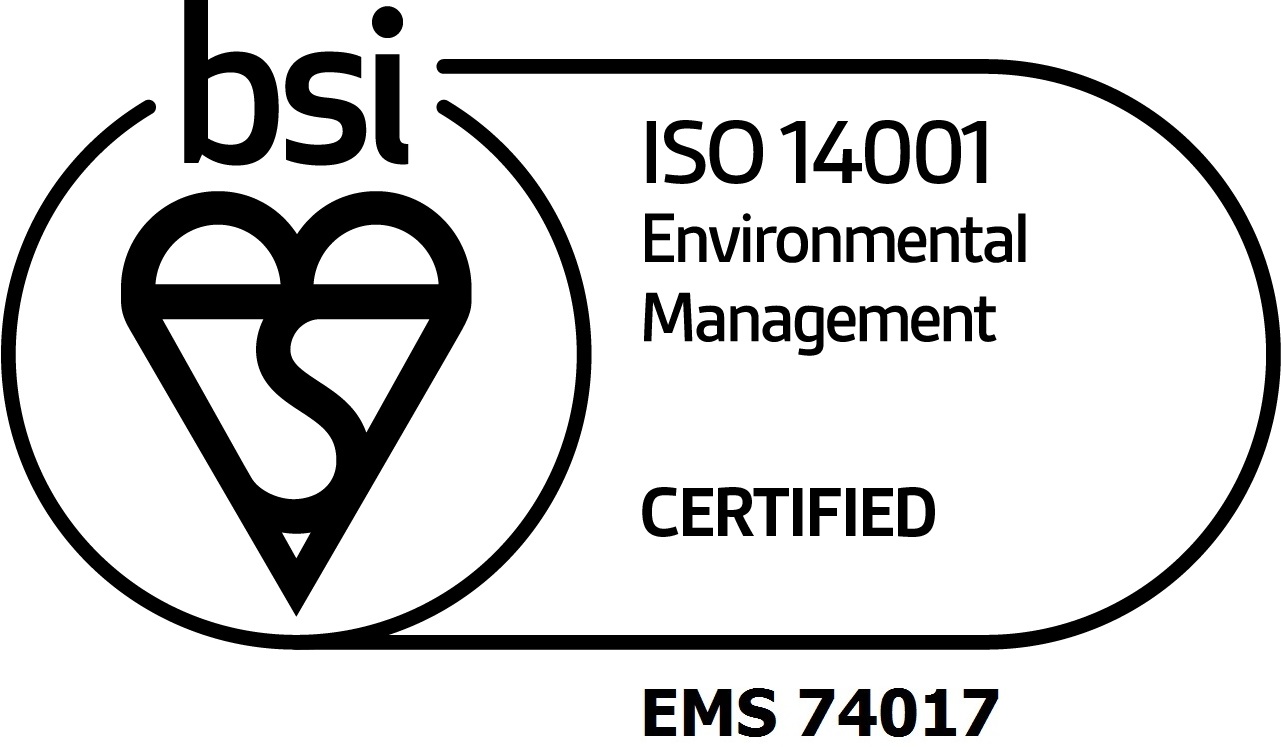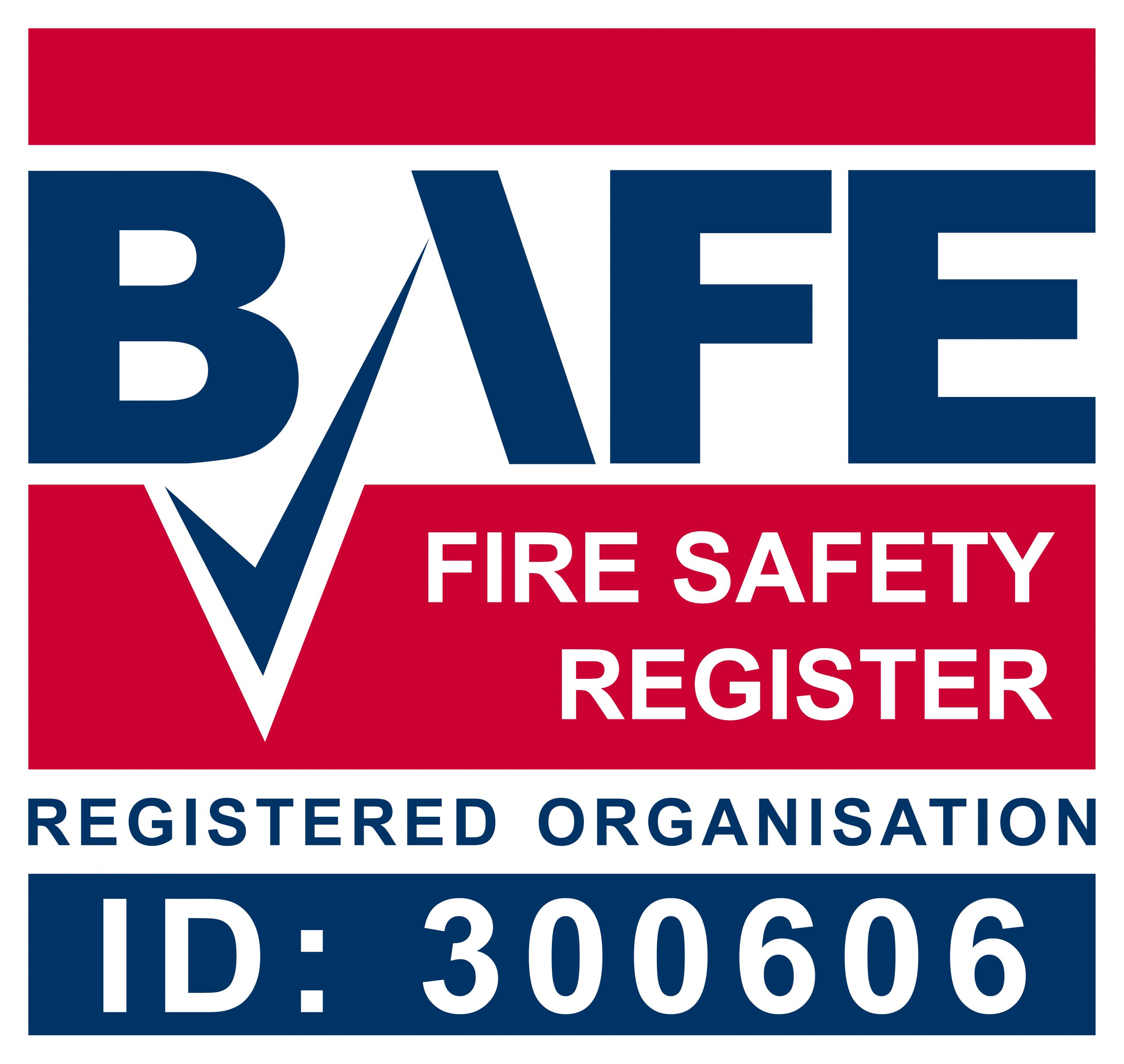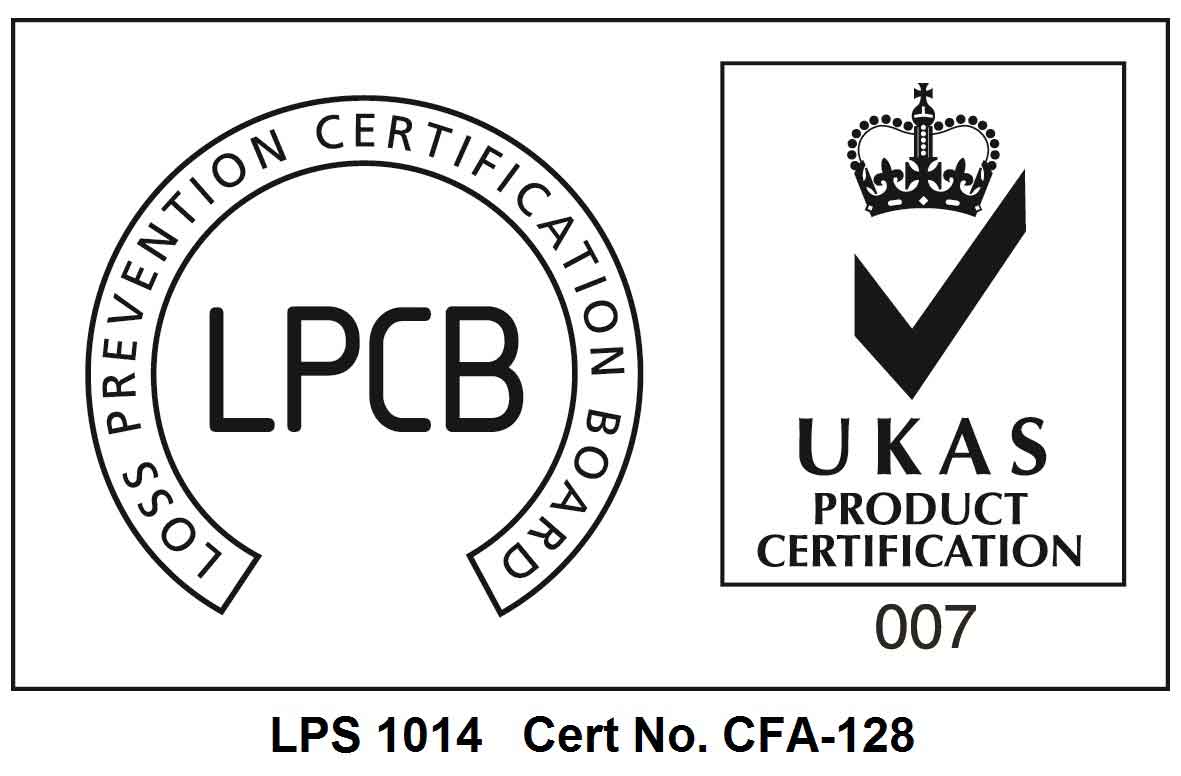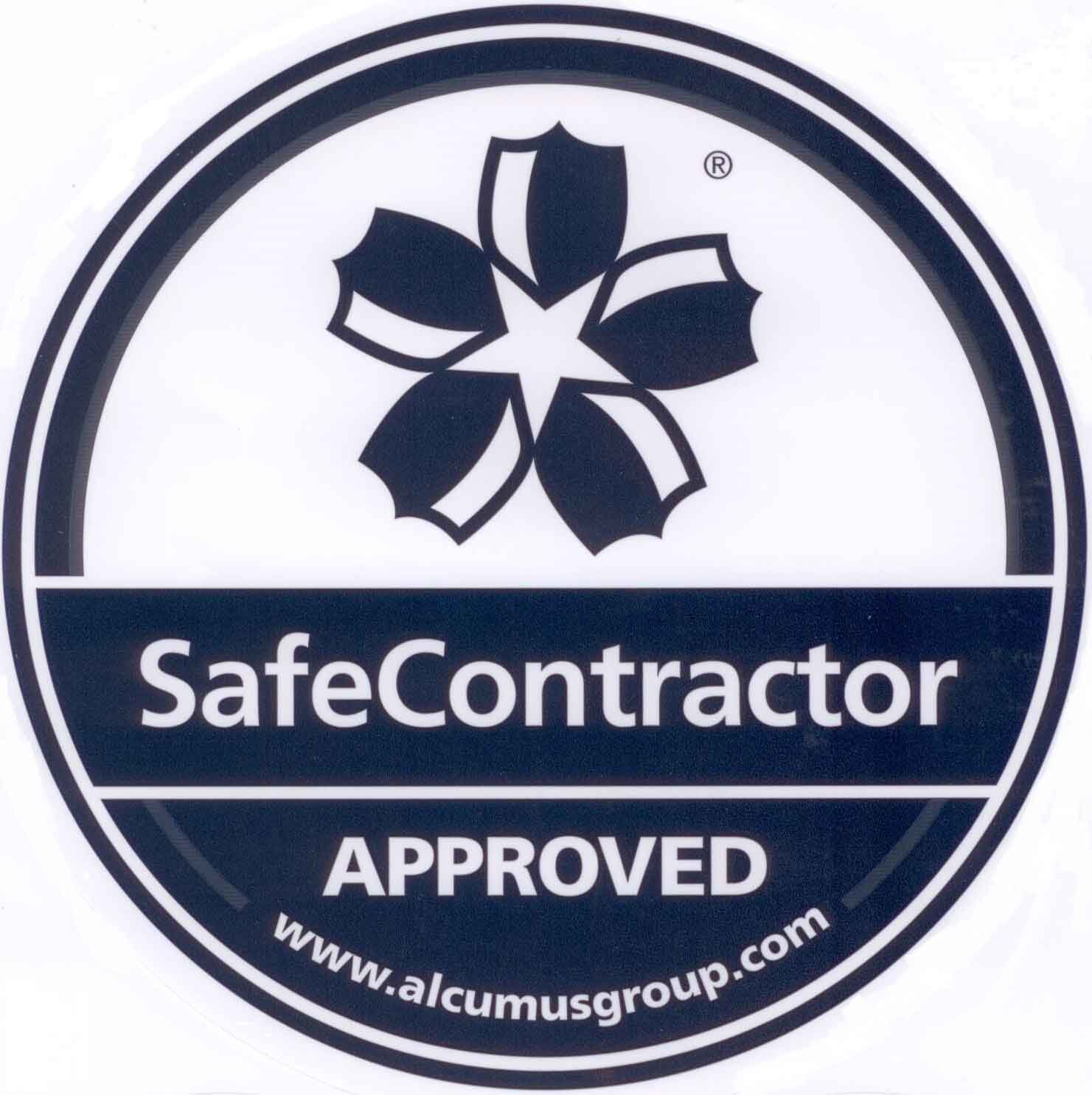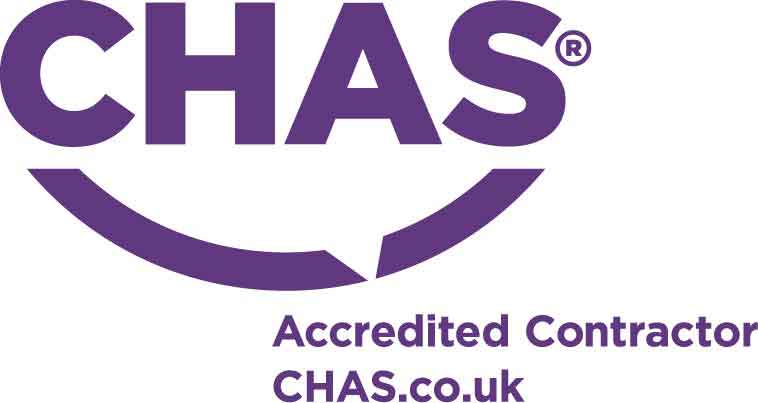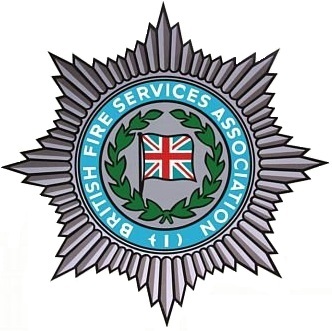There are six different types of fire, and each one must be put out by a corresponding fire extinguisher. Using the wrong extinguisher on the wrong type of fire could prove dangerous and make the fire worse. Therefore it’s vital that you understand the different types of fire and how to safely put them out with the most suitable equipment.
How many types of fire are there?
There are six main types or classes of fire, labelled A, B, C, D, F and electrical. They are classified depending on what the fuel source or cause of ignition is. As each fire type has a different fuel source at its root, each must be put out with a different extinguisher.
Class A Fires – Solids
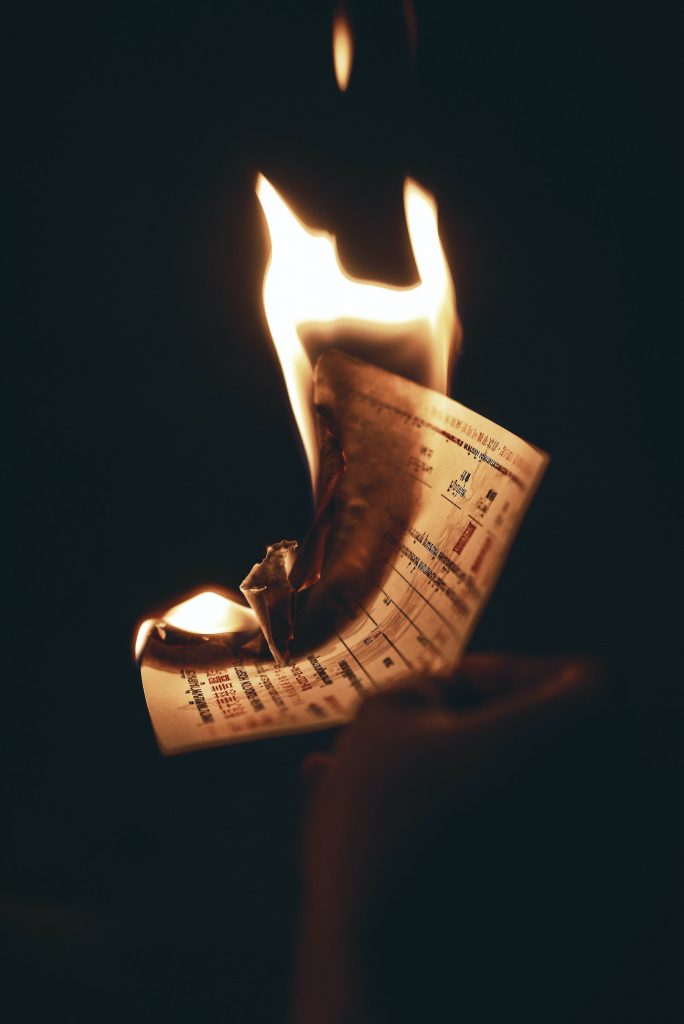
What is a class A fire?
A class A fire begins when common solid materials ignite, such as wood, paper or fabric. There can be many causes of this, but class A fires can often begin in skips or places where there is a large accumulation of these types of material.
How do I put out a class A fire?
You must use water extinguishers to put out class A fires. This water has a cooling effect which quenches the flame, but can have an exacerbatory effect if you use it on other types of fire – potentially causing the flames to spread or delivering an electric shock.
Class B Fires – Liquids

What is a class B fire?
The fuel source of a class B fire is always a flammable liquid, such as solvents, alcohol, fuels and other chemicals and fluids. They can begin anywhere, but particularly in places such as warehouses or storage rooms that house large quantities of flammable liquids in one place.
How do I put out a class B fire?
Class B fires need to be tackled with a foam fire extinguisher, which acts to smother the fire and deplete the oxygen supply. Never use water on a class B fire, as the water can spread the flammable liquids even further.
Class C Fires – Gases
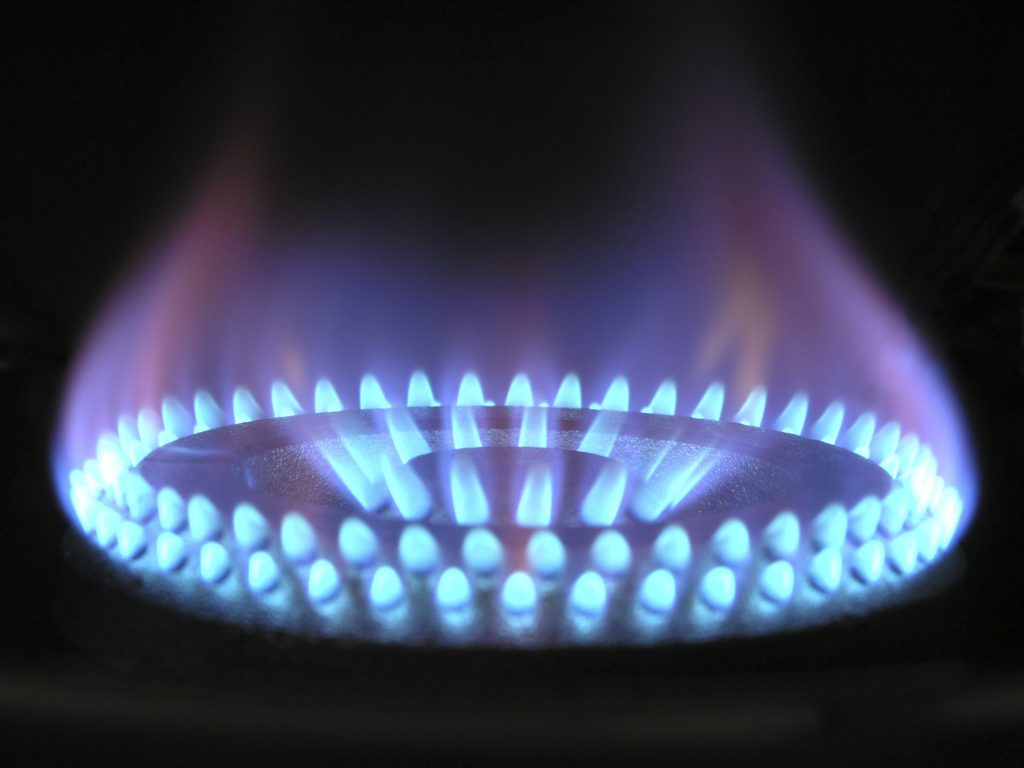
What is a class C fire?
A class C fire begins when a flammable gas meets a naked flame or source of ignition. These gases can include butane, methane and propane. Extra care must be taken with this fire type as there is more potential for an explosion, and therefore gases like this must be stored properly in sealed containers.
How do I put out a class C fire?
As mentioned, you must take very special care with class C fires due to the explosion risk. The gas supply should be switched off, if possible, and then only dry powder fire extinguishers have efficacy against gas fires.
Class D Fires – Metal
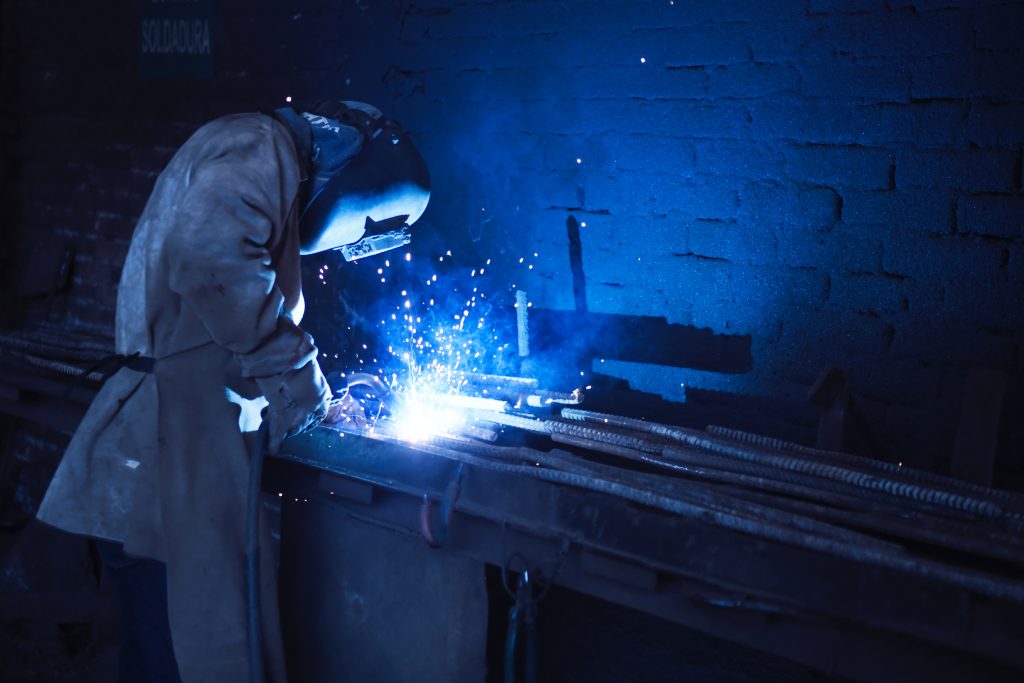
What is a class D fire?
If combustible metals build up in one area, they can ignite to form a class D or metal fire. Culprits are usually metal shavings or powdered metals, as opposed to solid blocks of metal. As such, class D fires are only likely to break out in laboratories or industrial settings which handle these materials.
How do I put out a class D fire?
Dry powder extinguishers are most suited to class D fires which starve the metal’s supply of oxygen, as placing water or foam onto a metal fire can boost the intensity of the flame and exacerbate the fire.
Class F Fires – Cooking Oil
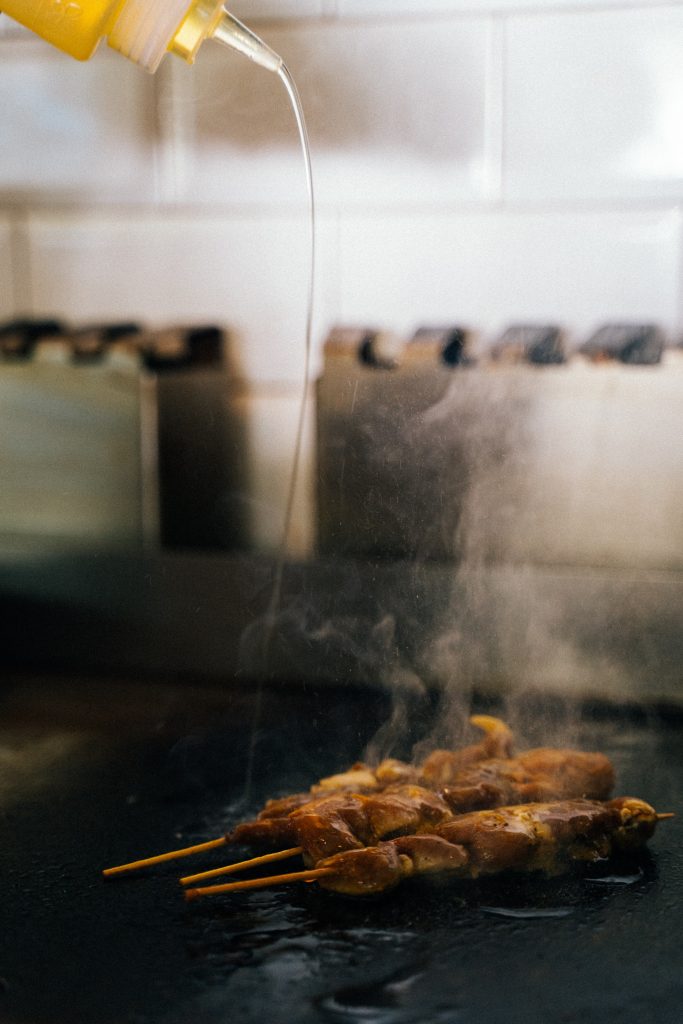
What is a class F fire?
Common in both domestic and commercial kitchens, class F fires are caused primarily by cooking oil catching alight. They are also known as chip-pan fires.
How do I put out a class F fire?
Never use water on a class F fire as this could strengthen the spread. Instead, use wet chemical fire extinguishers, created specifically to tackle cooking oil fires. These extinguishers have been made with a special formula that is designed to layer the oil and ‘seal it’, thus quenching the flames and reducing the chance of reignition.
Electrical Fires
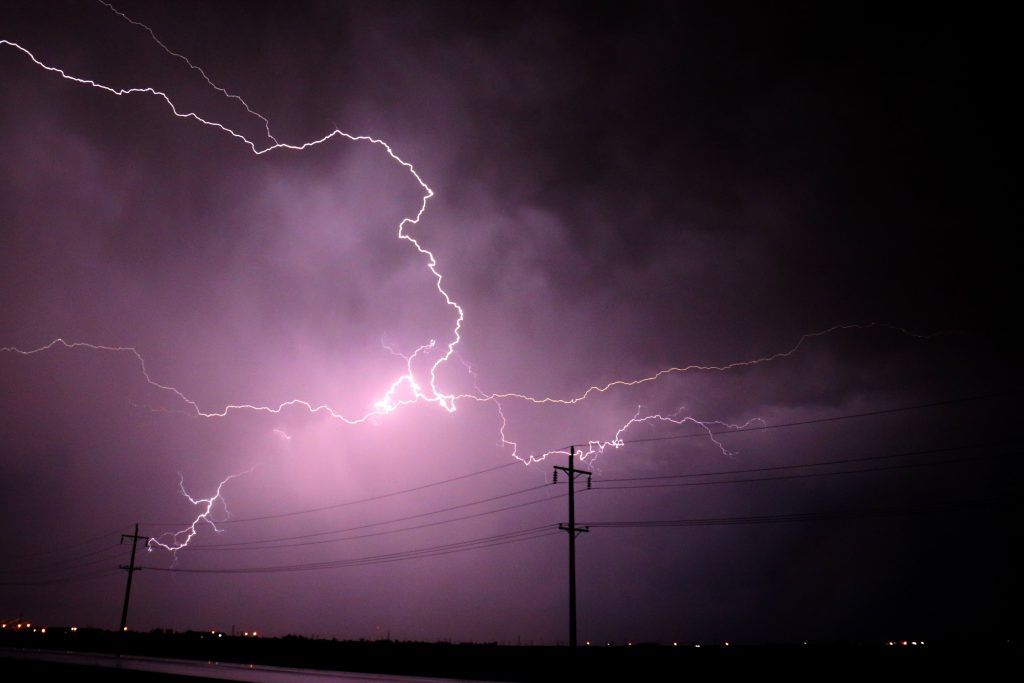
What is an electrical fire?
Faulty, malfunctioning or overloaded electrical components, such as circuits or wiring, have the potential to cause an electrical fire. This can occur in homes and commercial settings alike. Electrical fires are not given a classification, as they are not a fuel source – rather they are a type of fire ignition.
How do I put out an electrical fire?
The first stage should be to switch off the electricity supply, if possible. Then, either use dry powder extinguishers or carbon dioxide extinguishers on electrical fires. Never use water or foam, as both can conduct electricity.
What if the extinguisher doesn’t put out the fire?
Remember, you are not a professional. If the fire extinguisher is failing to put out a fire, you must get to safety immediately and call the emergency services. Another key tip is to always ensure that you know the fire safety procedures or your workplace or place of residence. If you are a responsible person of a workplace, you must also ensure these policies are kept regularly up to date.
How do I find the right fire extinguisher?
A professional fire safety company, such as Pyrotec, will be able to identify the correct fire extinguisher to suit the needs of your site. Here at Pyrotec, we’re professionals in the installation, commissioning, maintenance and siting of fire extinguishers – all in accordance with BS 5306-3 and BS 5306-8. For your peace of mind, all our work is carried out in line with The Regulatory Reform (Fire Safety) Order 2005. We’re always here to help keep your business safe with expert advice and services.
Here at Pyrotec, we specialise in commercial fire safety for businesses across Brighton, Eastbourne and Crawley. We’re dedicated to saving lives and protecting property, so get advice from our accredited engineers today on the supply and placement of fire extinguishers for your site.

